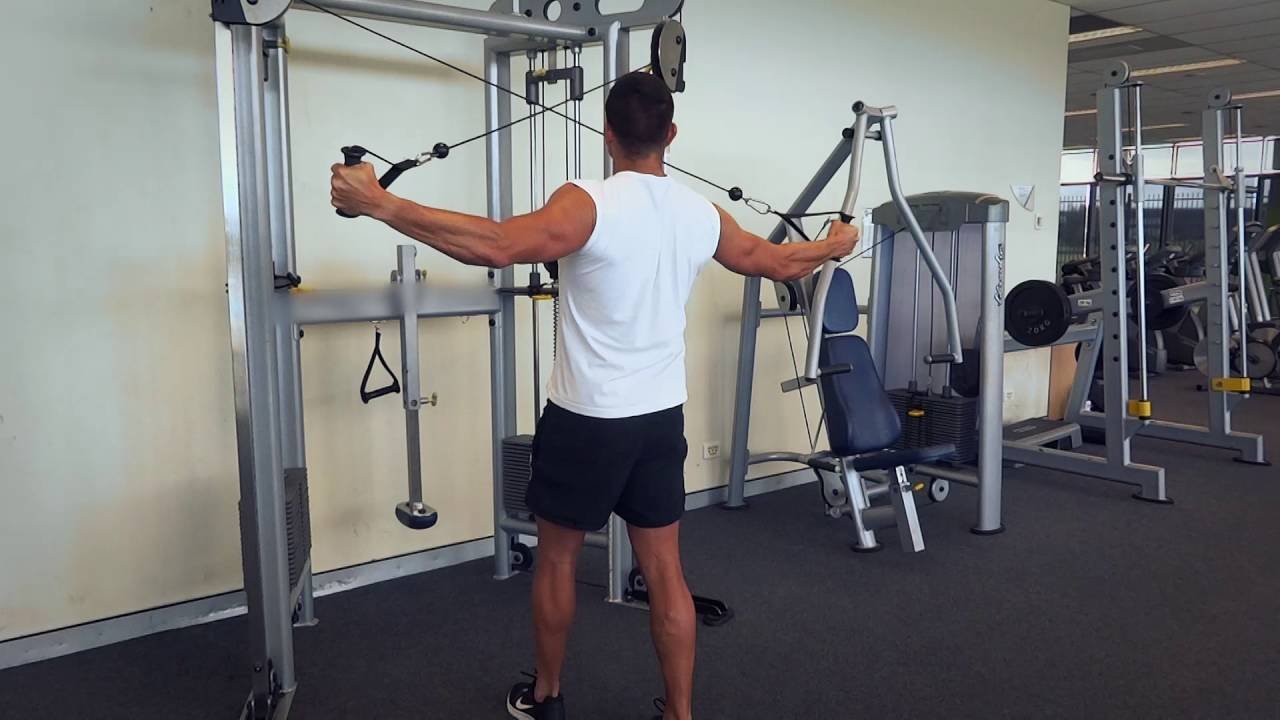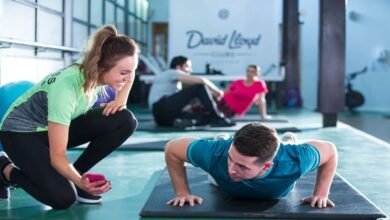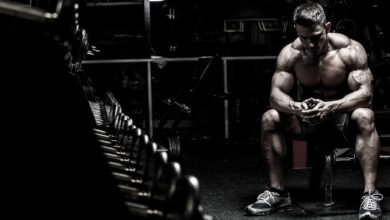The rear deltoids are crucial in accomplishing balanced shoulder power and aesthetics in energy training and muscle development. While many focus on the front and middle deltoids, neglecting the Cable Rear Delt Exercises can cause muscular imbalances and capability harm. Cable sports provide a powerful manner to isolate and target the rear deltoid muscle tissues, contributing to usual shoulder stability and power.
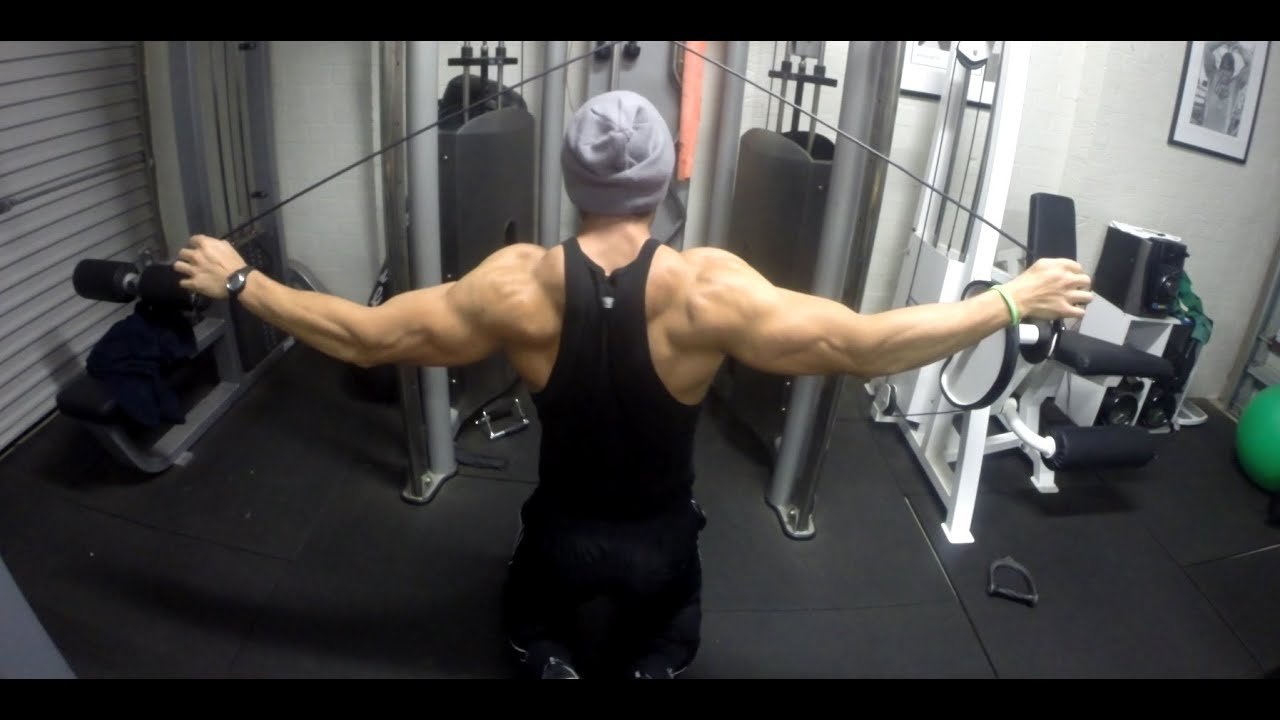
What are Rear Delts?
The Cable Rear Delt Exercises, scientifically known as the posterior deltoids, are a group of muscle tissues placed at the lower back of the shoulder. They originate from the scapula and connect to the humerus, considering several movements consisting of shoulder extension, transverse extension, and lateral rotation. These muscular tissues are crucial for preserving shoulder balance and proper posture.
Benefits of Targeting Rear Delts
Strengthening the rear deltoids offers several benefits:
- Balanced Shoulder Development: Targeting all three deltoid heads (front, center, and rear) ensures balanced muscle growth and symmetry.
- Improved Posture: Strong rear delts contribute to better posture by counteracting the ahead pull of the chest muscle tissues and selling a more remarkable upright stance.
- Enhanced Shoulder Stability: Strong rear delts assist in stabilizing the shoulder joint, reducing the hazard of accidents during activities such as overhead moves or lifting.
Equipment Needed
To perform cable rear delt exercises effectively, you’ll need the following equipment:
- Cable Machine: A machine with adjustable pulleys and cables to create resistance.
- Handles: Various attachments like D-handles, rope handles, or instantly bars for one-of-a-kind sporting activities.
- Adjustable Bench: Optional but valuable for specific exercises that require support.
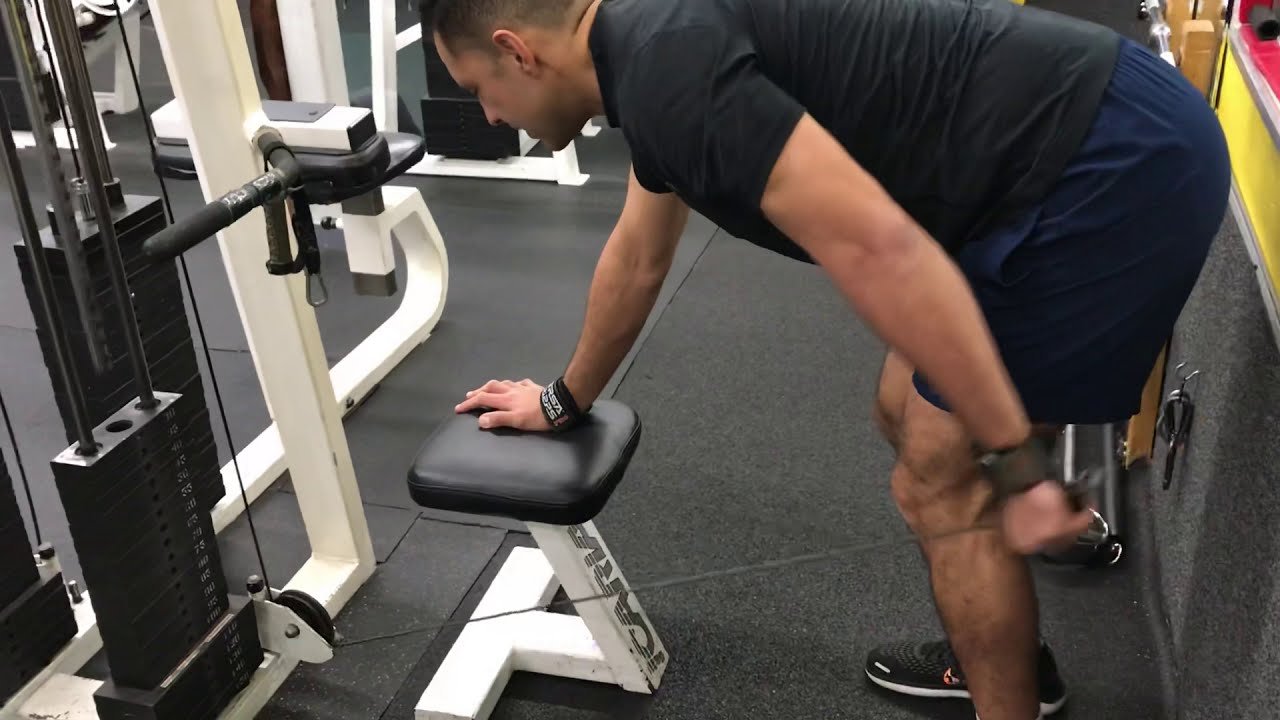 Choosing the Right Cable Setup
Choosing the Right Cable Setup
When deciding on a cable setup for rear delt sporting activities, don’t forget the subsequent pointers:
- Adjustable Pulley Heights: Ensure the system allows you to alter pulley heights to house different sports and user heights.
- Smooth Cable Operation: Opt for machines with smooth cable actions to hold constant tension for the duration of the sports.
- Sturdy Construction: Check for the stability and durability of the machine, especially if it is using heavier weights.
Top Cable Rear Delt Exercises
1. Cable Face Pulls
Cable face pulls target the Cable Rear Delt Exercises, top back, and rotator cuff muscle tissues. Here’s the way to perform them:
- Setup: Attach a rope deal to the high pulley. Stand facing the machine with ft shoulder-width aside, grabbing the handles with an overhand grip.
- Execution: Pull the handles closer to your face while retaining elbows high and out to the edges. Squeeze your shoulder blades collectively at the height of contraction.
- Reps and Sets: Aim for three units of 12-15 reps with slight weight to ensure proper form and muscle engagement.
2. Cable Reverse Flyes
Cable reverse flies isolate the Cable Rear Delt Exercises and upper back muscles. Follow these steps:
- Setup: Lower the pulleys to shoulder peak. Stand dealing away from the gadget, greedy the handles with hands coping with each other.
- Execution: Pull the handles aside and lower back, specializing in squeezing the rear delts. Maintain a slight bend inside the elbows for the duration of the motion.
- Variations: Experiment with unique angles by adjusting your body position slightly ahead (bent-over) or upright (status) to vary the emphasis on particular components of the rear delts.
- Variation: Standing vs. Bent-Over Cable Reverse Flyes
- Standing: Targets the rear delts and upper back with less emphasis on the lower back.
- Bent-Over: Increases activation of the lower back muscles while still targeting the rear delts effectively.
3. Single Arm Cable Rear Delt Flyes
This exercise allows for unilateral training, focusing on each rear deltoid individually for balanced development:
- Setup: Adjust the pulley to shoulder height. Stand sideways to the machine, grasping a handle with one hand.
- Execution: Pull the cope throughout your body in an arc motion, specializing in squeezing the rear deltoid. Maintain control throughout the motion.
- Advantages: It helps accurately measure muscle imbalances between the left and proper aspects and improves typical shoulder balance.
Adjusting Cable Height for Variation
- High Cable: Targets the middle and upper parts of the rear deltoid more intensely.
- Low Cable: Emphasizes the lower part of the rear deltoid and engages more of the upper back muscles.
Workout Routine Incorporating Cable Rear Delt Exercises
Warm-Up Routine
Before starting the primary exercise, include a dynamic heat-up to boost blood flow and assemble the muscular tissues for exercise. For five to ten minutes, include moves like arm circles, shoulder rotations, and light aerobics.
Main Workout
Perform the following structured workout to target the rear deltoids effectively:
- Exercise 1: Cable Face Racks – 3 sets of 12-15 reps
- Workout 2: Cable Reverse Flyes (Standing) – three teams of 12-15 reps
- Exercise 3: Single Arm Cable Rear Delt Flyes – three units of 12-15 reps consistent with an arm
Adjust weights and repetitions based on your fitness degree and goals, which specialize in preserving the proper form during each exercise.
Cool Down
Finish exercising with static stretches for the shoulders, top lower back, and chest muscle mass. Hold every stretch for 15-30 seconds to improve flexibility and decrease muscle soreness.
Tips for Maximum Effectiveness
To optimize your Cable Rear Delt Exercises games, bear in mind the following suggestions:
- Maintaining Proper Form: Focus on controlled moves and avoid using momentum to boost weights.
- Breathing Techniques: Inhale during the eccentric (decreasing) phase and every exercise’s concentric (lifting) segment.
Conclusion
Incorporating Cable Rear Delt Exercises events into your health routine can extensively decorate shoulder strength, balance, and ordinary posture. By concentrating on the regularly left-out rear deltoid muscle tissues, you sell balanced muscle development and decrease the chance of shoulder injuries. Whether you are a novice or a pro athlete, these exercises provide versatile alternatives to reap your health dreams successfully.
FAQs About Cable Rear Delt Exercises
How often must I perform physical activities on the cable rear delt?
It is commonly recommended that cable rear delt physical activities be carried out 1- 2 times per week to permit adequate muscle recovery and growth.
Can I use resistance bands in preference to cable machines for these sporting events?
While resistance bands may be used, cable machines offer extra steady resistance at some stage in the movement, which may benefit muscle development.
What are common errors to avoid during cable rear delt sports?
Some commonplace errors include using excessive weight, swinging the frame to generate momentum, and needing to keep the proper shoulder blade positioning. Focus on controlled moves and regular resistance.
Will cable rear delt exercises assist in enhancing my posture?
Strengthening the rear deltoids can contribute to higher posture by balancing the shoulders and upper back muscles. This can assist in counteracting the ahead pull, often caused by sitting or negative posture behavior.


